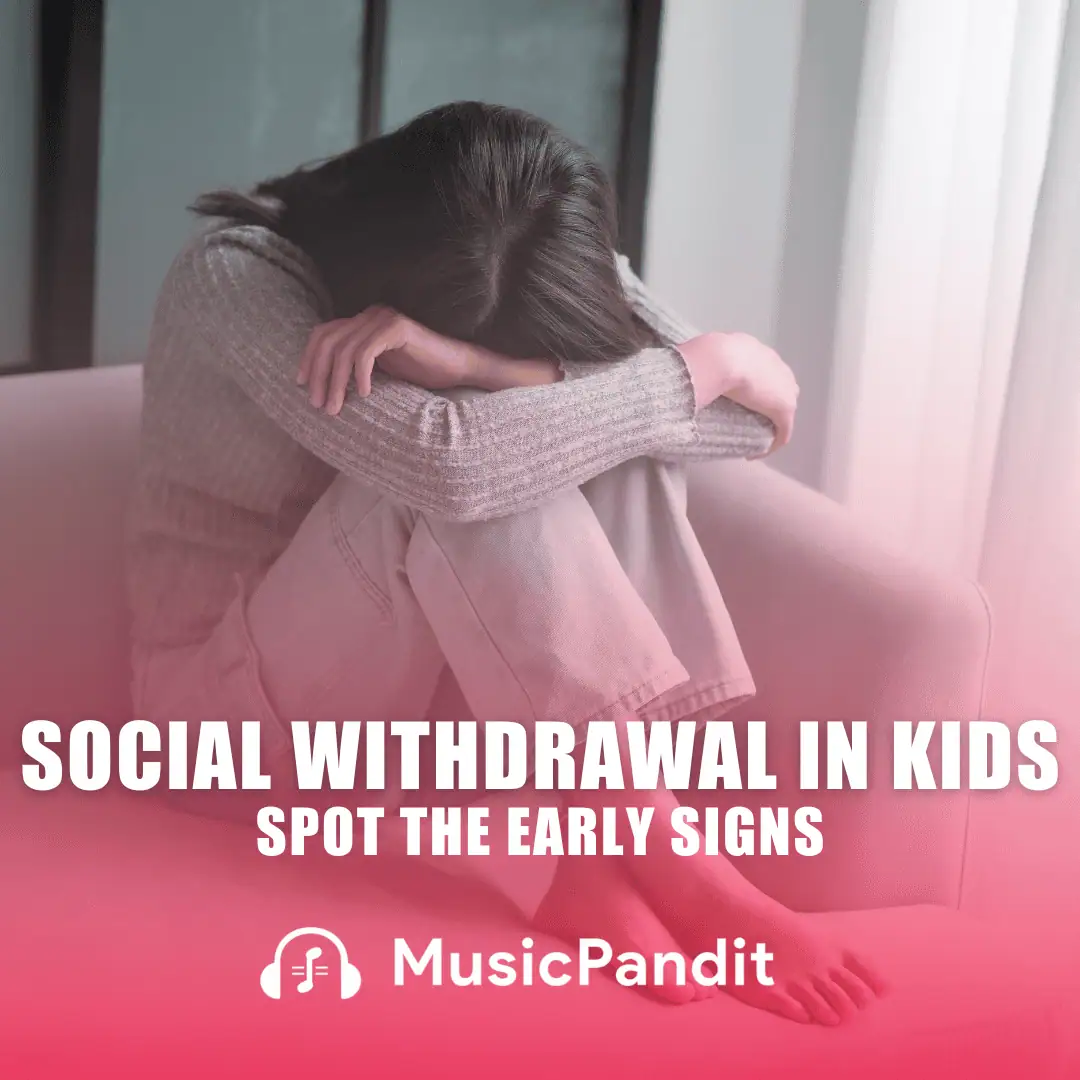Choosing the right musical style for your child can be a pivotal decision that shapes their inventive adventure. In India, two primary musical traditions vie for attention: Carnatic and Hindustani music. Each style, famous in history and exceptional in its capabilities, offers specific pathways for musical exploration and mastery.
Let’s delve deeper into those traditions to help you make an informed decision for your child’s musical education.
Exploring the Choice: Hindustani vs. Carnatic Music
India’s music can widely be labelled into two genres: Hindustani music from the North and Carnatic music from the South. Understanding the difference between Hindustani and Carnatic music is crucial for parents aiming to guide their children in the direction of a fruitful musical journey.
Northern and Southern Perspectives
The geographical and cultural division between Northern and Southern India has given rise to two different classical musical traditions. Hindustani music, popular in North India, reflects effects from Persian and Mughal cultures, whilst Carnatic music, rooted in South India, remains intently tied to Hindu non secular topics and historical texts. These regional influences not only effectively shape the musical styles but also the learning of environments and performance practices.
Unveiling Carnatic Music
Carnatic music, with its origins in the southern states of Tamil Nadu, Karnataka, Andhra Pradesh, and Kerala, is known for its dependent and rhythmic compositions. The Carnatic music vs. Hindustani music debate often highlights Carnatic music emphasis on composition (kriti) and its devotional content, which frequently facilitates Hindu deities. Carnatic music is deeply embedded within the bhakti (devotional) motion, and performances regularly begin with a varnam, a type of preparatory exercising, observed by means of kritis which can be complicated compositions written by great composers like Tyagaraja, Muthuswami Dikshitar, and Syama Sastri.
The Essence of Hindustani Music
In contrast, Hindustani music, which flourished beneath the patronage of Mughal emperors and different North Indian courts, places extra emphasis on improvisation and the exploration of ragas (melodic frameworks). This fashion is understood for its expansive alaap (introductory improvisation) and intricate rhythmic patterns (taals). The emphasis is on the performer’s potential to extemporise inside the structure of the raga, presenting a completely unique and personal rendition each time. This improvisational nature is what gives Hindustani music its fluid and expressive quality.
Tracing the Roots of Classical Music in India
Both Carnatic and Hindustani music trace their origins to the historic texts of the Vedas and a common theoretical foundation in the Natya Shastra. Over centuries, however, regional influences and cultural exchanges have shaped their distinct identities. The Natya Shastra, written through Bharata Muni, outlines the principles of performing arts, and each tradition draws from this text, despite the fact that their interpretations and evolutions have diverged significantly through the years.
Evolution of Carnatic Music Tradition
Carnatic music has developed with a firm recognition of vocal performance, despite the fact that instruments just like the violin, mridangam, and veena play important supporting roles. The tradition has been preserved through centuries by a lineage of composers including Tyagaraja, Muthuswami Dikshitar, and Syama Sastri, whose compositions shape the bedrock of the Carnatic repertoire. These compositions are meticulously structured, with complicated lyrics and rhythmic styles, offering a framework within which musicians can perform and improvise.
Evolution of Hindustani Music Tradition
Hindustani music, in the meantime, evolved through the effect of Persian and Islamic cultures, in particular at some point of the Mughal generation. This period saw the development of key instruments like the sitar, tabla, and sarod. Iconic figures like Tansen and later maestros including Ravi Shankar and Zakir Hussain have substantially contributed to its international reputation. The gharana system, which denotes a musical lineage or faculty, has played an important function in preserving and propagating Hindustani music, with every gharana having its very own particular style and interpretation of ragas.
Technical Parallels in Carnatic and Hindustani Music
Despite their variations, Carnatic and Hindustani music additionally have technical parallels. Both traditions utilise ragas and taals, even though their interpretation and execution fluctuate. For example,while a raga in Hindustani music may cognizance of elaboration and improvisation, its counterpart in Carnatic music can be extra based and composition-centric. Both traditions emphasise the significance of mastering the nuances of these melodic frameworks, however the approach and overall performance practice vary substantially.
Distinguishing Hindustani and Carnatic Classical Music
When distinguishing Hindustani and Carnatic classical music, numerous key differences stand out:
Improvisation:
Hindustani music leans heavily on improvisation, while Carnatic music is composition-based totally. This way during a Hindustani live performance, a widespread portion of the overall performance is spontaneous, showcasing the artist’s creativity, whereas Carnatic music follows an extra predefined set of compositions.
Performance style:
Hindustani performances frequently begin with a gradual alaap and build up to a quicker pace, while Carnatic performances are marked through established compositions interspersed with short improvisational segments. This shape affects the general waft and power of the performances.
Instruments:
While there is some overlap, certain instruments are more closely associated with one tradition than the other. For example, the sitar and tabla are quintessential to Hindustani music, while the violin and mridangam are central to Carnatic music.
Musical Instrumentation
Instruments play a pivotal role in each tradition. In Carnatic songs, instruments just like the veena, mridangam, and violin are prominent, at the same time in Hindustani music, the sitar, tabla, and sarangi. Understanding the favoured instrumentation can assist in choosing the right musical course for your child.
For instance, if your child is drawn to thread instruments, you might select the sitar for Hindustani or the veena for Carnatic music. Each of them has its own specific method and sound, contributing to the extraordinary features of each musical culture.
So, when you are at a point where you have to choose a musical instrument for your child, keep in mind their interest and the musical lifestyle you envision them pursuing. A child interested in rhythmic complexity might thrive with the mridangam in Carnatic music, while one drawn to melodic exploration may choose the sitar in Hindustani music. Exposure to both traditions through recordings and live performances also can assist in making this preference. Ultimately, the proper instrument should resonate with your infant’s musical aspirations and herbal inclinations.
Language of Musical Composition
Language is another unique aspect. Carnatic compositions are predominantly in Telugu, Tamil, Kannada, and Sanskrit, reflecting their devotional nature. Hindustani song, alternatively, regularly contains Hindi, Urdu, and Braj Bhasha, showcasing a mix of cultural effects. The lyrics in Carnatic music are frequently religious and philosophical, as in Hindustani music, they can range from devotional to romantic or even encompass ancient narratives.
Fascinating Aspects in Both Musical Traditions
Both traditions provide fascinating factors that could captivate new learners. The tricky rhythmic cycles of Carnatic track and the profound emotional depth of Hindustani ragas provide rich avenues for artistic expression and mastery. The mathematical precision and complexity of Carnatic rhythms (tala) can be specifically attractive for children with a knack for styles and shape. Conversely, the emotive and improvisational components of Hindustani music can appeal to children with an aptitude for creativity and expression.
In conclusion, the choice among Carnatic vs. Hindustani music depends on your child’s musical history, the influences you desire to include, and the specific attributes of each lifestyle that resonate with you and your child. Both styles offer rich, rewarding paths that could deeply beautify your child’s cultural and inventive improvement. By experiencing the particular traits and histories of those two traditions, you may assist your child in embarking on a fulfilling and enriching musical adventure.














